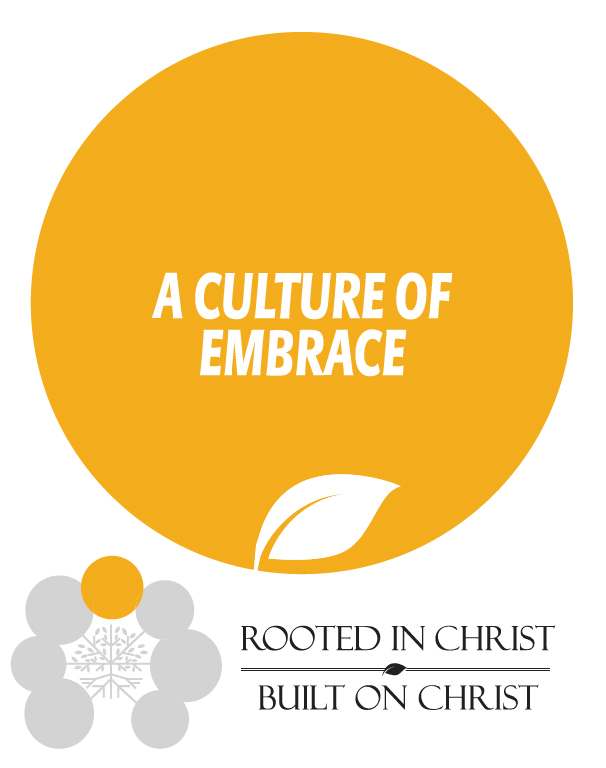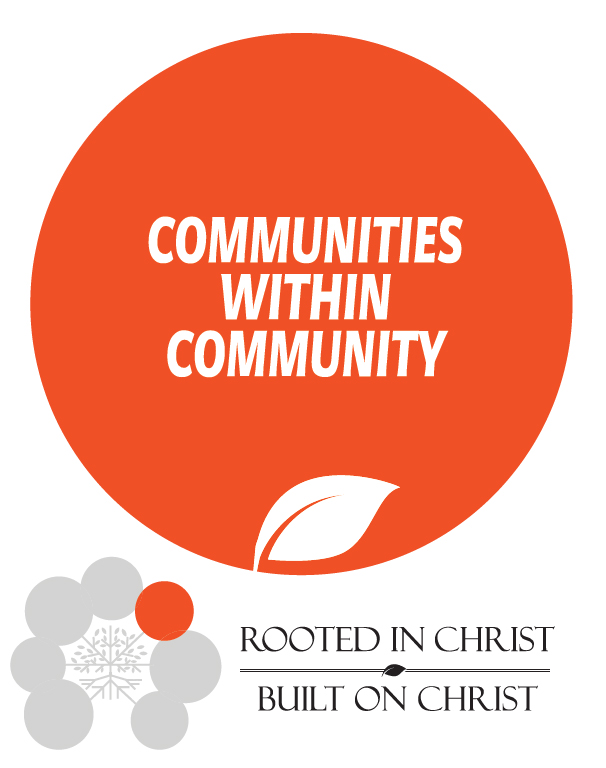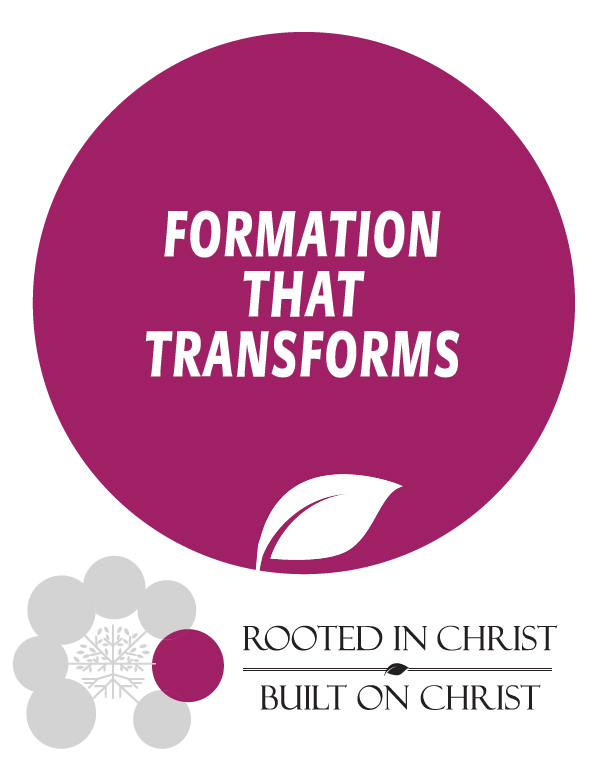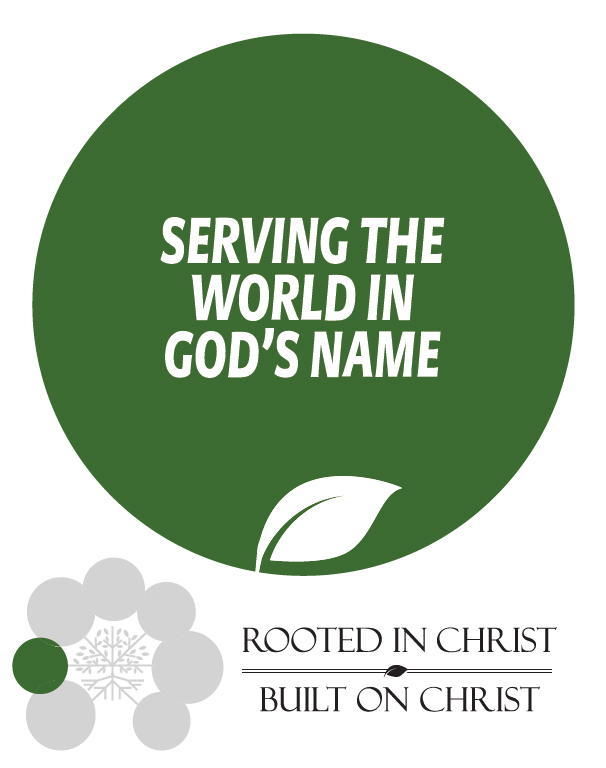Tours and History

Since its founding in 1839, Christ Church Cathedral has lived every day into its mission “to proclaim the love of Jesus Christ through word and deed to the parish, the diocese, and the downtown community." The Cathedral has a rich history and connection with the foundations of the city of Houston. We welcome visitors who want to come to our campus to learn more and tours are offered according to the following schedule:
Tours are available for groups by appointment. Please contact Valerie Meisel at [email protected] for more information.
Wednesdays:
The Cathedral is open through the Bell Tower doors from 10:30 a.m. until 2:30 p.m. You may spend your time alone or the tour guide will share the Cathedral's rich history with you.
Sundays:
Tours are available each Sunday following the 11 a.m. service, and will take place on the third Sunday of each month after the 9 a.m. and 5 p.m. services.
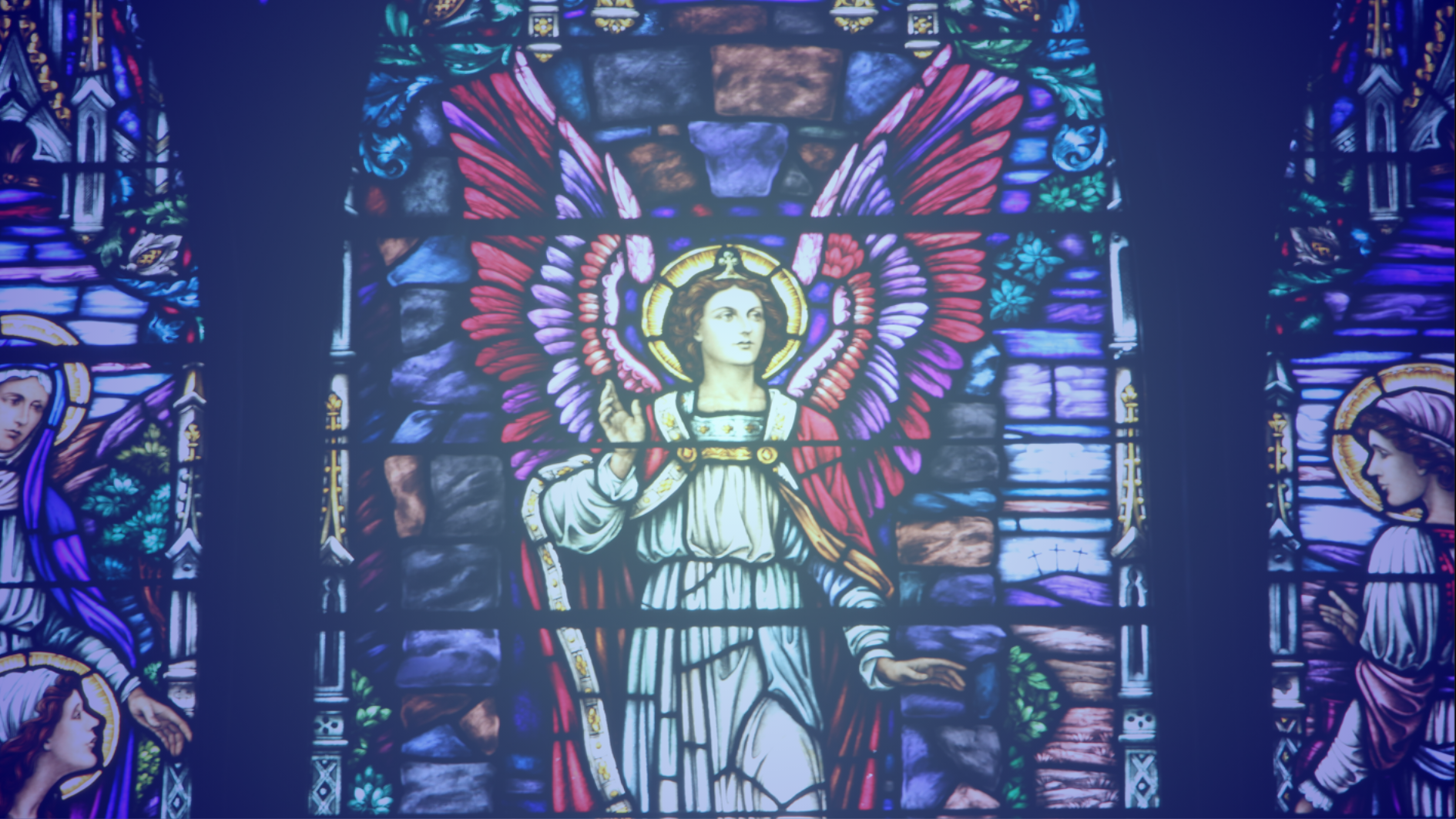
History of Christ Church Cathedral
Founded on March 16, 1839, Christ Church Cathedral was Houston’s first religious congregation and is the only one still worshiping on its original site from the days when Houston was the capital of the Republic of Texas. Its adventurous founders left the United States to build a new nation. Most were young, and many had had distinguished careers back in the States. Work to build Houston began in early 1837. The city had a theater at the end of its first year; grand balls were given; and the Jockey Club races had entrance fees up to $500! But Houston had no church. Visiting Episcopal priests wrote to The Spirit of Missions about this promising mission field. The letters ran under the caption “Foreign Correspondence” amid reports from West Africa, Constantinople, and China.
Col. William Fairfax Gray, whose church in Virginia was already 100 years old, was one of Houston’s first citizens. He moved his family down to what his wife called “this precocious city.” On March 16, 1839, he circulated a paper for signers “to unite together as a Christian congregation in the city of Houston — to observe the forms of worship and be governed by the Constitution of the Protestant Episcopal Church in the United States of North America.” Among the 28 men who signed were the Republic’s attorney general, the secretaries of treasury, state, and navy, and the Texas ministers to the United States and Mexico. The congregation received pledges of support from 45 Houstonians, including Secretary of War Albert Sidney Johnston and Houston’s founder, Augustus Allen. Legend held well into this century that the Allen brothers gave Christ Church its land, the half block facing Texas Avenue. In fact, it was bought for $400 and painfully paid for, bit by bit.
The Rt. Rev’d Leonidas Polk visited Houston as the first missionary bishop from the United States to any foreign field. The Episcopal Church, itself recovering slowly from the revolutionary distrust of the king and of the king’s church, gave the struggling Houston mission little help. Christ Church’s first rector was the Rev’d Charles Gillett of Connecticut. He led the congregation to build its first church building in 1845. It faced Fannin, was built of bricks, and had gates to the pews. The Rt. Rev’d George Washington Freeman, who had been elected Bishop of the Southwest with provisional charge of the church in Texas, consecrated the building in 1847. The new church building, he wrote, “is too small by at least one half, the congregation having rapidly increased during the progress of the building.” After scarcely more than a decade, Edwin Fairfax Gray, state engineer and Col. Gray’s son, was called on to design the charming second church that would face Texas Avenue. He thought it could be built for $14,000 if they gave up the basement. The cornerstone was laid in 1859. As they were laying out the structure, a cattleman driving a herd of cattle down Texas Avenue on the way to Kansas City stopped to ask what they were doing. Told they were going to build a church, he roped a steer and gave it as a contribution. A steer’s head is now a part of the Diocesan Seal.
The Civil War slowed construction, but in 1866 it was reported that the building would soon be ready for consecration. In the same year it was described as ”quite too small for the wants of the place.” The Rev’d Julyan Clemens came to Christ Church from Cornwall in the lavish postwar era of the 1870s. He called on Henry Congdon of New York to design an enlargement, which was completed in time for Easter services in 1876. In 1893, when builders tried to connect a new cloister to the 1876 structure, a portion of that building collapsed. To the great disapproval of Bishop George Kinsolving, the vestry borrowed funds to build a new church, having just spent all they had on the cloister and parish house. They mortgaged the Christ Church property for a loan of $20,000 in gold coin. Designed by J. Arthur Tempest and Silas McBee, a liturgical consultant who was influenced by the Oxford Movement, the Gothic Revival building probably cost $36,971. Incorporated into this new church with its ornately carved rood screen separating the chancel from the nave were the Gray and the Clemens/Lawson/Botts memorial stained glass windows and the altar cross [1880]. The first service in the present church was held Christmas Eve, 1893.
From its founding, Christ Church served people of many religions and races. The first rector conducted funerals for Roman Catholics, weddings for Jews, and taught the catechism to children of the servants. The first Bishop of Texas, the Rt. Rev’d Alexander Gregg, was a Southern aristocrat who believed that blacks and whites should worship under the same roof. Christ Church had black members before and after the Civil War, and their children attended the Sunday school. Friday Carr, sexton, was among them and is commemorated in a plaque in the entrance to the Cathedral.
From the days of the first rector, who helped found the church in LaGrange and was one of the three founding members of the Diocese of Texas, Christ Church has been active in encouraging new parishes — Trinity, St. Stephen’s, Church of the Good Shepherd, St. Mary’s, and Palmer among them. Christ Church has always been part of the fabric of downtown Houston. Its Ladies Parish Association, founded in 1871, spearheaded much of the charitable work done in Houston at that time. When new congregations of other denominations were forming, including the first Jewish congregation in Houston, Christ Church offered its building for services. DePelchin Faith Home was founded by a former Christ Church organist.
In 1925, when Christ Church was offered $750,000 by the Hogg brothers for its half block on Texas Avenue, the Rev’d Peter Gray Sears, beloved rector at the time and grandson of the founder, urged that the church be sold to gain money for Christian missions. The whole city became involved in the controversy, and in the end the congregation voted to remain on its historic site. When an adjacent six-story building caught fire in 1938, flames swept through the chancel, and the roof collapsed over the altar. One fireman, a Roman Catholic, sprayed the rood screen with his fire hose, determined to save it. The screen stands today, with only minor charring visible from the altar side. All Houston rallied to the rebuilding and contributions came from people of many denominations, many faiths. William Ward Watkin and Carl A. Mulvey were architects for the restoration. Replacing the organ destroyed in the fire, an Aeolian-Skinner, revolutionary in design for its period, was installed in 1939, just before Easter. It was slightly enlarged in 1957 and again in 1967. The instrument presently has 77 ranks and a total of 4,470 pipes. In 1991, an antiphonal division of 561 pipes was added to the organ by the Schantz Organ Company. A restoration of the organ was completed in 1998.
Six rectors of Christ Church have been elected bishops of the Episcopal Church, including one who became its presiding bishop: Charles M. Beckwith, Bishop of Alabama, 1902; Henry D. Ayes, Missionary Bishop of Mexico, 1904; James P. DeWolfe, Bishop of Long Island, 1942; John E. Hines, Bishop of Texas, 1955, Presiding Bishop of the United States, 1964; Hamilton H. Kellog, Bishop of Minnesota, 1956; Milton Richardson, Bishop of Texas, 1965; William Henry Marmion and Charles Gresham Marmion, brothers who grew up in Christ Church, became bishop, respectively, of the diocese of Southwestern Virginia and of the diocese of Kentucky.
In 1949, Christ Church, the mother to many Episcopal churches in Texas, became the cathedral church during the centennial celebration of the Diocese of Texas. The Rt. Rev’d Clinton S. Quin was bishop, and the Rev’d Hamilton Kellogg, rector, became its first dean. In 1950, work began on the diocesan office and the Latham Memorial Building, as well as renovation of the Guild Hall. The Chapel of the Christ Child, designed by John Staub, was opened the Sunday after Christmas, 1953. Cleveland Hall was built in 1961. The Jesse H. and Mary Gibbs Jones building, a three-level education facility, was completed in 1989. The enlarged and renovated Great Hall was reopened in 1990. In 1995, the Cathedral was closed for major renovation. Over the summer months many improvements were made. A hardwood floor was installed, all the mechanical systems were improved, the wood surfaces were either cleaned or refinished, and acoustical improvements were made. The Cathedral was rededicated on September 17, 1995, by the Bishop of Texas, Claude E. Payne. Christ Church observed the 160th anniversary of its founding and the 50th anniversary of its designation as the Cathedral of the Diocese of Texas in 1999.
— This historical account is based on A Happy Worldly Abode: Christ Church Cathedral, 1839–1964 by Marguerite Johnston
About the Episcopal Church
The Episcopal Church has its roots in the Anglican church, also known as the Church of England. The first Anglican church in America was built at Jamestown, Virginia, in 1607. Later, other congregations were founded throughout the colonies. These were under the oversight of the Bishop of London. It was only after the War of Independence that the Episcopal Church was established as an autonomous organization separate from the Church of England. Samuel Seabury was elected by the clergy of Connecticut as their bishop, and received the episcopal succession in 1784 at the hands of the bishops of the Episcopal Church of Scotland. Further bishops were consecrated in England. At a General Convention in 1789 a constitution and canons were drawn up and the first American Prayer Book authorized. Only fifty years after this, the church that is now Christ Church Cathedral was established in the Republic of Texas, in the town of Houston.
The constitution of the church provides for the laity a great share in administration and leadership both in the diocesan church structure and the local parish. The four orders of ministry are: the laity, bishops, priests, and deacons. There are no archbishops, but there is a presiding bishop, elected by the general convention of the church. The Episcopal Church has long taken a prominent part in ecumenical activities. Recent developments include dialogue with the Roman Catholic Church, and most Protestant churches. A formal relationship is developing with the Evangelical Lutheran Church in America that will result in shared ministries and sacramental union. In 1976 the General Convention voted to allow the ordination of women to the priesthood and the episcopate. The church has about 2.2 million baptized members.
